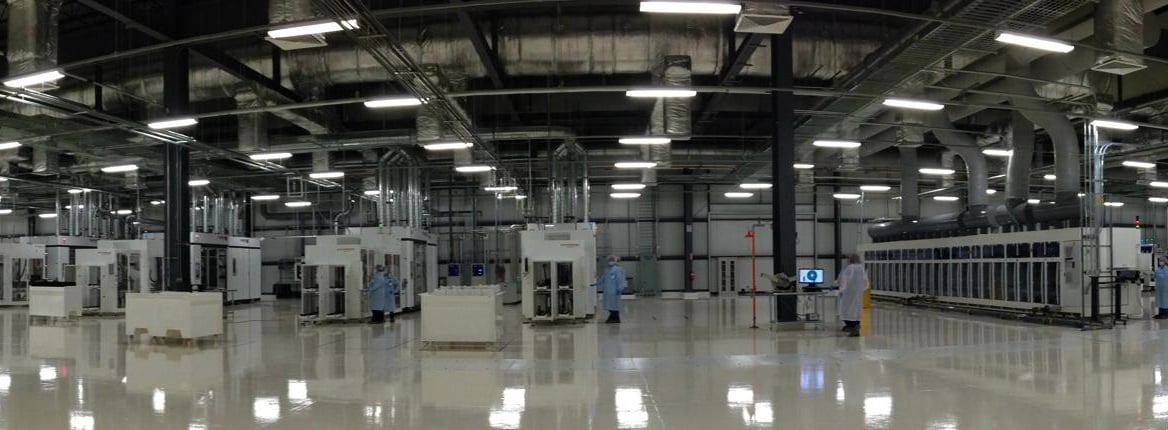
Updated: US-based high-efficiency integrated PV manufacturer Mission Solar Energy is reportedly to close its N-type mono solar cell line with the loss of 87 jobs and focus on module assembly to remain competitive.
The San Antonio, Texas based manufacturer recently launched four new PV modules at Solar Power International 2016, although two of the products were based on Passive Emitter Rear Contact (PERC) solar cells, rather than N-type mono cells.
Try Premium for just $1
- Full premium access for the first month at only $1
- Converts to an annual rate after 30 days unless cancelled
- Cancel anytime during the trial period
Premium Benefits
- Expert industry analysis and interviews
- Digital access to PV Tech Power journal
- Exclusive event discounts
Or get the full Premium subscription right away
Or continue reading this article for free
Local news reports cited Mission Solar’s spokesperson confirming the solar cell line closure, while the company would purchase cells from Asia to remain competitive.
Mission Solar Energy, formerly known as Nexolon America, a joint venture with Korean-owned OCI Solar Power and partner of Texas-based CPS Energy has started PV module production in June and N-type monocrystalline solar cell production in June, 2014 and solar cell production in the third quarter of 2014 with a nameplate capacity of 100MW. In 2015, Mission Solar doubled capacity to 200MW.
The solar industry has recently entered its second period of overcapacity in the last two-years with a significant decline in average selling prices (ASP’s) that has already led to over 2,500 job losses, primarily in the upstream manufacturing sector.
However, Finlay Colville, head of market research at Solar Media Ltd, owner of PV Tech noted technical challenges that Mission Solar faced.
“The decision from Mission Solar does not come as a surprise given the company's struggles in the past 12 months to successfully ramp its n-type cell lines and is another indicator that unless n-type cells can be moved to heterojunction or back-contact, the value-added is difficult to justify against p-type mono PERC,” noted Colville.
“The signs were clear to see at the end of 2015 when wafer contracts were first downsized and then cancelled. There was also the lingering question as to whether the company had the necessity know-how to move directly to a cell design that was unqualified in commercial production and bearing in mind Yingli Green's stalled efforts to commercialise a close variant that was the ‘PANDA’ cell type.”
The strategy to rely on third-party solar cells could be a key move for Mission Solar.
“Ultimately however Mission Solar can simply buy in cells from Korea and even with assembly of modules in the US the company can avoid import duties and more than likely have an offering that is lower cost than attempting to make the cells locally,” added Colville.
“On a broader scale it is unfortunately another example of a company that has sought to manufacture solar cells in the US, opted for a technological approach that was too hard to ramp into production, and in the ensuing time period the market had changed to the point that the original justification for production was not longer valid,” noted Colville.
However, the ramifications of Mission Solar closing down solar cell production in San Antonio could have wider implications for US-based solar manufacturing.
“Once again all eyes turn to SolarCity and Silevo and whether this company can succeed where others have failed,” added Colville. “While Mission Solar's retreat may be confined to the inside columns of the media outlets, an altogether different outcome may await SolarCity if by 2018 the company has yet to convince the outside world that ramping n-type cell lines in the US has a positive future.”
SolarCity has yet to announce the start of production at its 1GW production plant in River Ben, Buffalo, New York state, which was expected to enter production in the third quarter of 2016, after several revisions.





